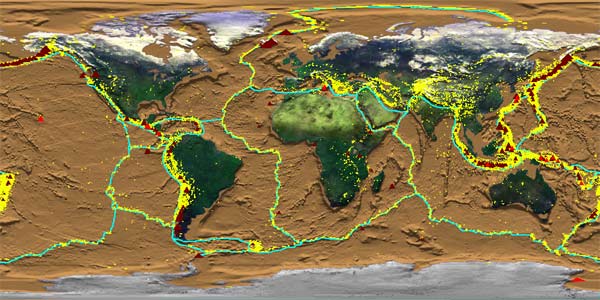There was also the problem, demonstrated by Rutherford and Soddy early in the century, that Earthly elements hold huge reserves of heat—much too much to allow for the sort of cooling and shrinking Suess suggested. And anyway, if Suess's theory was correct then mountains should be evenly distributed across the face of the Earth, which patently they were not, and of more or less the same ages; yet by the early 1900s it was already evident that some ranges, like the Urals and Appalachians, were hundreds of millions of years older than others, like the Alps and Rockies. Clearly the time was ripe for a new theory. Unfortunately, Alfred Wegener was not the man that geologists wished to provide it.

For a start, his radical notions questioned the foundations of their discipline, seldom an effective way to generate warmth in an audience. Such a challenge would have been painful enough coming from a geologist, but Wegener had no background in geology. He was a meteorologist, for goodness sake. A weatherman—a German weatherman. These were not remediable deficiencies.












